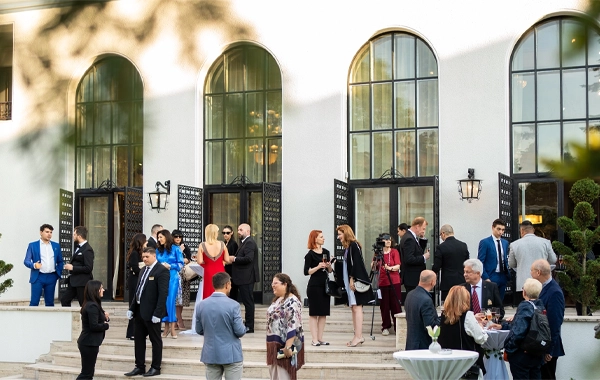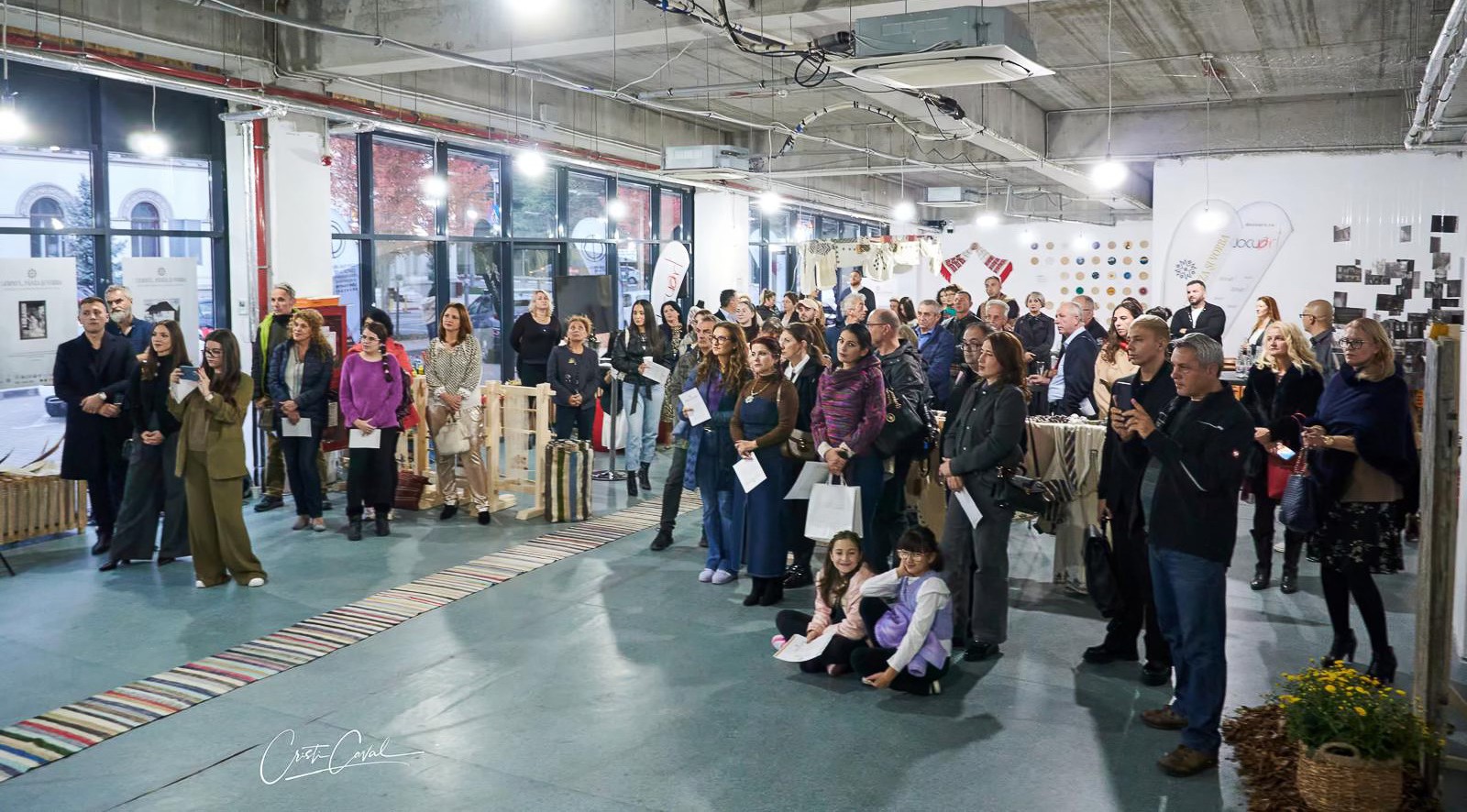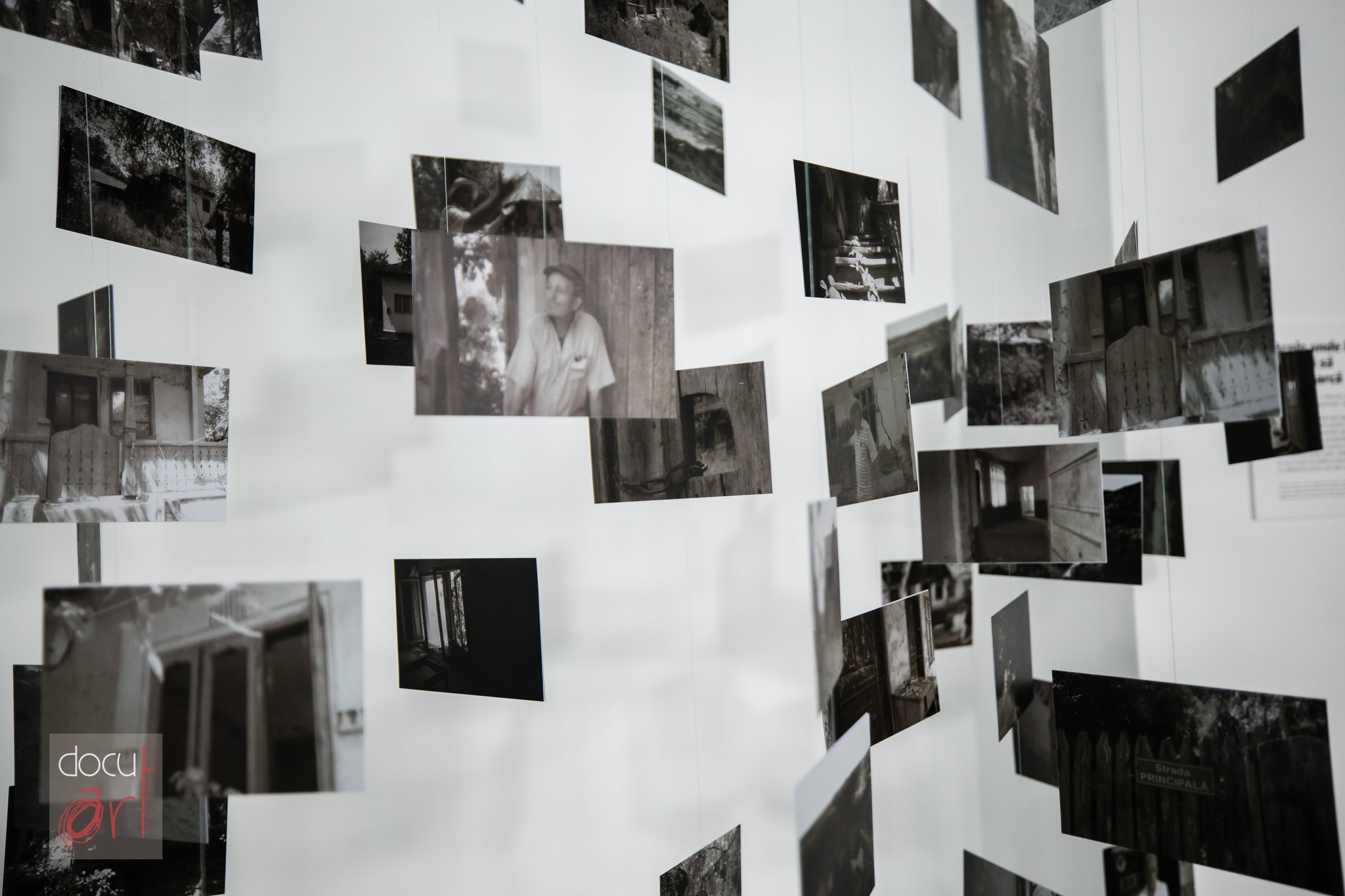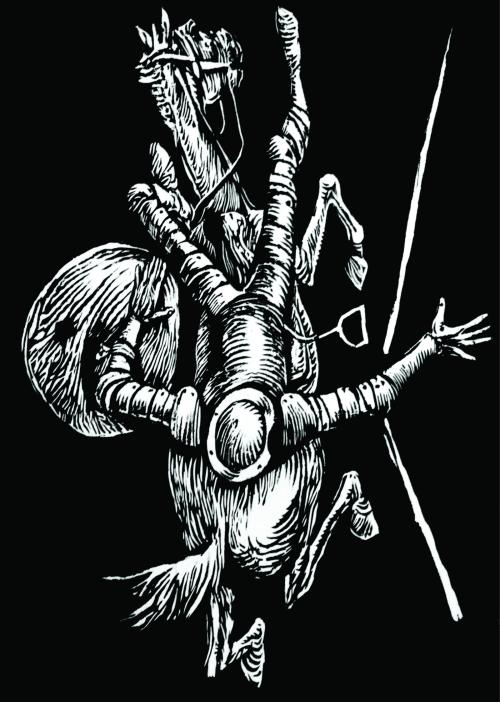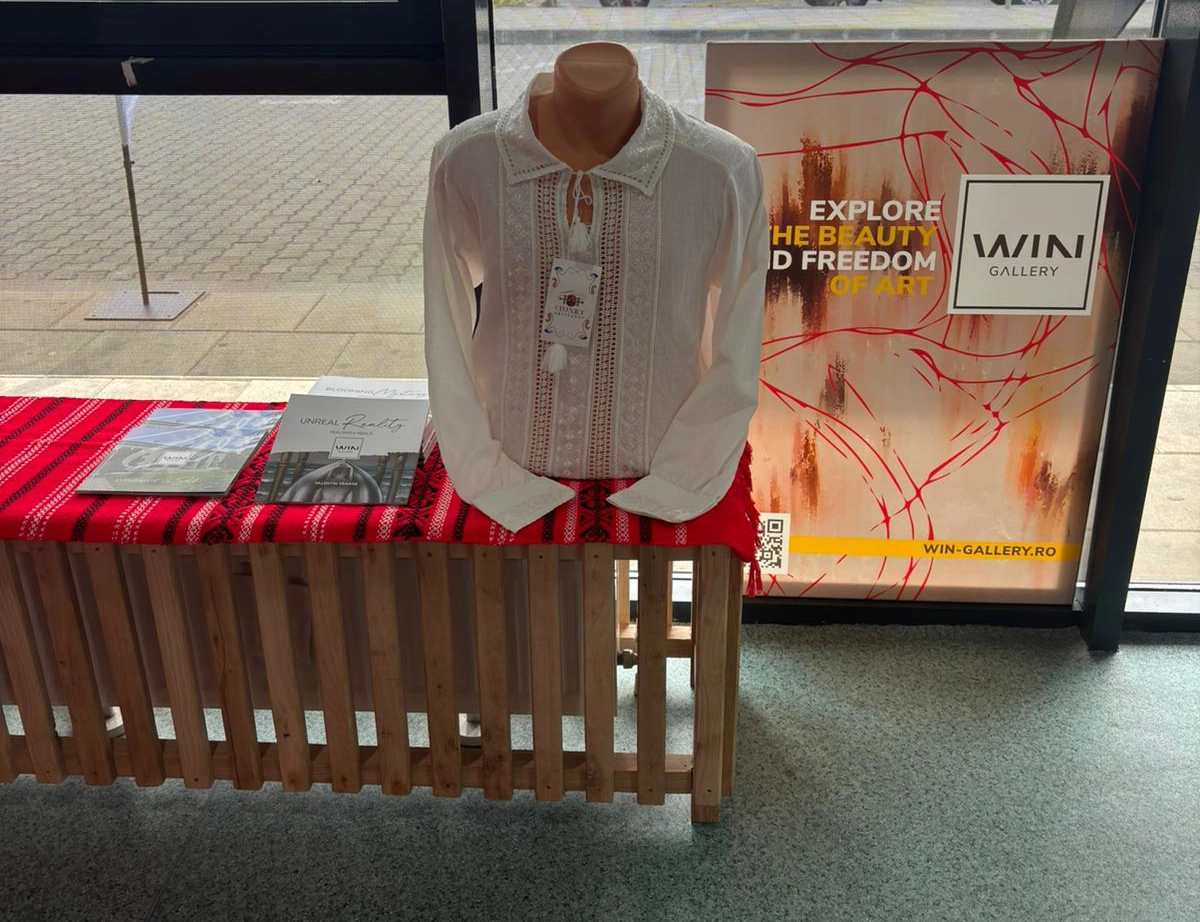WIN Gallery: What does intangible heritage mean to you?
Daniela Apostol: It means compass. It means a set of characteristics. Just as our passports list physical details—features, eye color, height—intangible heritage tells things about us, about each community, about a people. It means roots, the energy that connects you to those before you, to your grandparents, to the village where you may never have lived, but which you carry in memory through their stories.
Without realizing it, intangible heritage lives through us. When you cook something “as at home,” when you hum a verse you heard growing up, when you tell a story about spirits, or when you follow a custom. It is in the small gestures that are part of you without your noticing.
WIN Gallery: How can intangible heritage remain alive and relevant for today’s youth?
Daniela Apostol: By telling children how beautiful they are when they carry something from their parents and grandparents—whether through a gesture, a physical trait, or a way of seeing the world. And also how beautiful their grandparents are, with everything they bring. Immaterial heritage is not just tradition and custom. It’s the way you speak, the way you treat people, how you say “please,” how you open the gate for a guest. These are small details that defi ne you—signs that you are neither the fi rst nor the last to carry forward a way of life. Heritage must be adapted, reinterpreted, and embraced by every generation. And the previous generation must accept and encourage this transformation. Not fear it.
WIN Gallery: In what way does “word” complete “wood” and “cloth” within the exhibition?
Daniela Apostol: The word, the spoken language, is what gives meaning and life to the other two. If wood carries structure and cloth preserves craftsmanship, the word keeps memory, emotion, and purpose alive. It contextualizes, explains, and continues tradition where material form becomes silent. The word links generations, humanizes objects, and preserves what cannot fi t on a shelf. Thus, the three components are not just adjacent elements—they form an entire world called the village hearth.
WIN Gallery: Do you believe that revaluing traditional objects can become a form of cultural resistance?
Daniela Apostol: Absolutely. Through acknowledgement. Refusing forgetfulness. Preserving and using objects and customs means preserving memory. It means assuming identity codes. And this can be done in every home, but also through education. When traditional objects re-enter public space (exhibitions, workshops, schools, living museums), they educate. They raise questions. They counterbalance the loss of meaning and reconnect younger generations with their roots.
Yes, revaluing traditional objects becomes a form of cultural resistance because it restores meaning, protects identity, rejects uniformity, and keeps collective memory alive. Heritage creates coherence and solidarity. It is a shared language that unites people of the same place, even if they have different ages, occupations, or beliefs. It preserves collective memory, but also skills, rituals, and ways of solving problems. Moreover, it is an important pillar in local development and cultural tourism—the kind of recreation more and more people seek. Why? Because, at its core, any search is a return to one’s own identity. Cultural tourism is not about beautiful photos. It is about recognition. Belonging. Rediscovery.
WIN Gallery: How does Daniela Apostol, the person, relate to old objects and the traditional world?
Daniela Apostol: I relate to old objects with an instinctive delicacy—almost as if they breathe. I feel that each one has seen more than I have, that it has passed through hands with different rhythms, needs, joys. I like approaching such objects with respect and care, as if they were silent witnesses of other lives. The traditional world is not a décor for me, but a natural extension of a memory that accompanies me. I settle into it like a story I already know, where I feel at home without ever having lived there. Perhaps because, deep down, the traditional world demands honesty and essence. And I return to it whenever I need to remember who I am.
WIN Gallery: How would you describe the moment of acquiring the fi rst artwork in your collection?
Daniela Apostol: It was an unexpectedly solemn moment for me—almost initiatory. I felt like I was stepping into a world that moves me deeply, yet one I do not fully master. It was as if someone entrusted me with a piece of their understanding of reality, and I had to promise to keep it safe. The fi rst artwork came with a kind of inner vibration: I knew it was “mine” not because I sought it out, but because it recognized me. I felt then that I had entered into a dialogue just beginning—a dialogue between viewer, artist, and world.
WIN Gallery: What attracted you to Daniel Tănase’s graphic work, the one you acquired from WIN Gallery?
Daniela Apostol: I was drawn to its intense quietness. Daniel Tănase’s graphic art has a paradox I sensed immediately: it is austere and abundant at the same time. In that particular work, I felt a fi neness of observation—a way of breathing through lines, like a visual meditation. There was something alive in that simplicity. I was moved by how the artwork spoke without raising its voice, how it held the tension between fragility and strength. It felt like a piece that matched my way of seeing the world: attentive, yet reserved enough to leave room for mystery.



